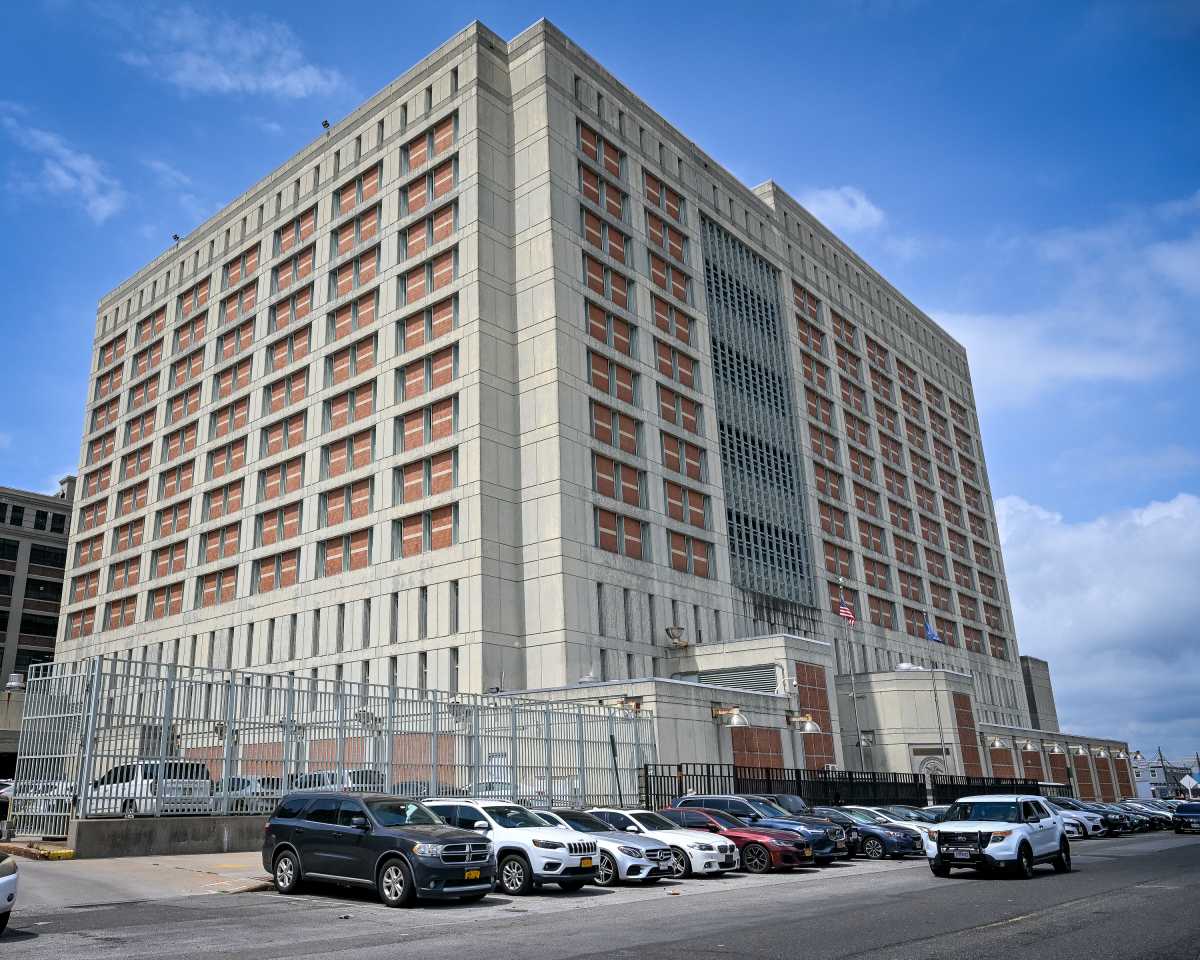Despite the political banter of Washington, D.C., President Obama offered a bright solution in his jobs speech: school construction.
As the President noted in his speech, “How can we expect our kids to do their best in places that are literally falling apart? This is America. Every child deserves a great school — and we can give it to them, if we act now.”
As proposed, the American Jobs Act would repair and modernize at least 35,000 schools – creating jobs in communities across the country.
In one groundbreaking example, Dr. Robert Pollin of the University of Massachusetts-Amherst has demonstrated that spending on education generates the largest number of jobs (23.1 per $1 million dollars in spending) of any government spending.
With such potential investment, we now have the possibility to further increase the rate of return for taxpayers by emphasizing green school construction practices. These efforts have the proven ability to significantly reduce a school’s energy, water and other resource needs. Such savings translate into real financial paybacks for cash-strapped school districts.
On average, a green school utilizes 33 percent less energy, 32 percent less water, and reduces waste by 74 percent when compared to a traditionally built school building. These savings alone can average $100,000 annually – enough to hire two new teachers, buy 250 new computers, or purchase 5,000 new textbooks. Green schools can also reduce the following pollutants on an annual basis: 1,200 lbs of nitrogen oxide (NOx) – a principal component of smog, 1,300 lbs of sulfur dioxide (SO2) – a principal cause of acid rain, and 585,000 lbs of carbon dioxide (CO2) – the principal greenhouse gas.
Unfortunately, not everyone on Capitol Hill agrees with this industry-standard analysis. The words “environment” or “green” have become anathema to the mainstream Republican worldview.
In one draconian sweep, the Appropriations Committee has proposed eliminating all federal funding for the EPA’s Office of Environmental Education (just shy of $10 million). Since 1992, this program has benefited all 50 states with more than 3,400 grants to increase the “public’s awareness about environmental issues” and also address “an educational priority such as teacher training, education reform, or health.” This lack of foresight and leadership does not have to be the case. Environmental education and “green” school practices provide a solid foundation and investment for any school community — regardless of the community’s political affiliation.
In the past, the topic of education used to be beyond partisan bickering. Today should be no different. In fact, the future of the nation’s 55 million schoolchildren and our economy is depending on it.
A sound, 21st century education is one that investigates and emphasizes the relationship between the economy and the environment. Congress can begin to advance such an agenda by protecting the EPA’s Office of Environmental Education and supporting President Obama’s school construction plan with an emphasis on cost-saving, sustainable construction practices. With efforts like these, the classrooms of tomorrow will again be filled with students eager to share their personal experiences of a world filled with innovation and wonder.
As President Obama noted “we have to look beyond the immediate crisis and start building an economy that lasts into the future”. Green schools are a great place to start.
Rogers is president of Earth Day Network. Earth Day Network today launched the Green Schools Leadership Center (www.earthday.org/education), a comprehensive online platform that will advance the green schools movement nationwide.






















